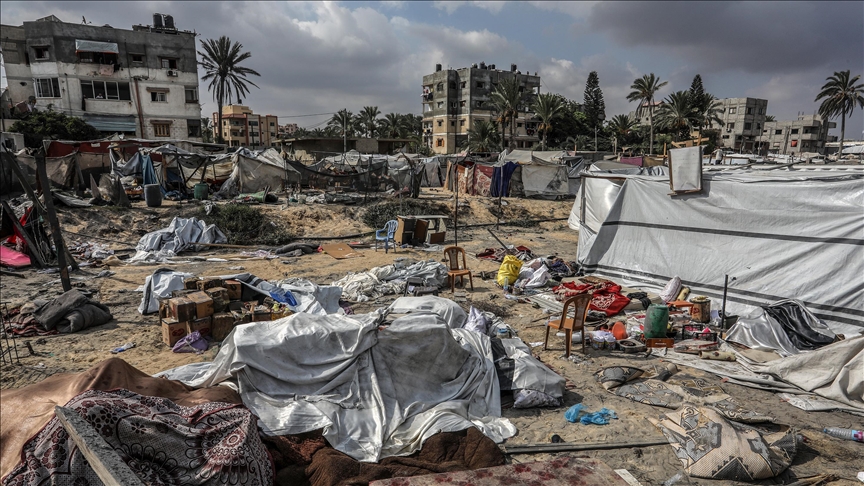A proposal to establish a so-called humanitarian displacement camp in southern Gaza has drawn fierce criticism, with many arguing it crosses humanitarian and ethical lines. The camp, intended to house Palestinians displaced by ongoing military operations, has been described as both impractical and morally troubling.
Critics point out that the plan lacks logistical clarity and fails to account for the basic rights and dignity of the people it aims to assist. Concerns range from overcrowding and unsanitary conditions to the sheer impossibility of safeguarding civilians in an active war zone. The notion of forcing thousands of individuals—many of them women and children—into fenced areas without long-term planning or infrastructure has been condemned as a gross mishandling of an already dire situation.
Although some officials reject extreme labels such as “genocide” or “concentration camp,” they acknowledge that the current approach severely undermines humanitarian standards. The idea of concentrating displaced families into one area under military oversight, with limited access to food, clean water, medical services, and security, raises troubling questions about intent and execution. The absence of international aid coordination and oversight further adds to the uncertainty and potential for harm.
The displaced population in Gaza has already suffered from multiple rounds of conflict, destruction of homes, and limited access to essential services. Moving them again into what many see as containment zones amplifies the trauma and uncertainty. Humanitarian organizations have struggled to deliver assistance amid roadblocks, damaged infrastructure, and ongoing hostilities. For the affected families, each relocation often means starting from scratch, losing any sense of stability or safety.
Observers argue that any proposal to aid displaced populations must be grounded in international humanitarian law, which prohibits forcible transfers and collective punishment. A genuine humanitarian response, they insist, would involve ceasefires, safe corridors, access to medical services, and cooperation with trusted aid agencies—not enclosed camps with questionable long-term outcomes.
As the situation evolves, the international community is being called upon to assess the implications of such actions and hold all parties accountable to their obligations under international law. Displacement camps, in this context, must not become instruments of control or further suffering. They must be temporary, safe, and dignified—designed to protect, not imprison.
The criticism underscores a deeper problem: the lack of a political resolution and the erosion of trust in efforts framed as humanitarian but viewed as coercive or punitive. Without clear protections, enforceable rights, and transparent intentions, such camps risk becoming symbols of failed policy and deepening injustice.
Calls are growing louder for a shift in approach—one that centers on de-escalation, genuine relief efforts, and a commitment to rebuilding lives with dignity and safety. Until then, placing displaced populations into fenced camps in a volatile environment may do more harm than good, and could indeed amount to a serious violation of their basic human rights.

